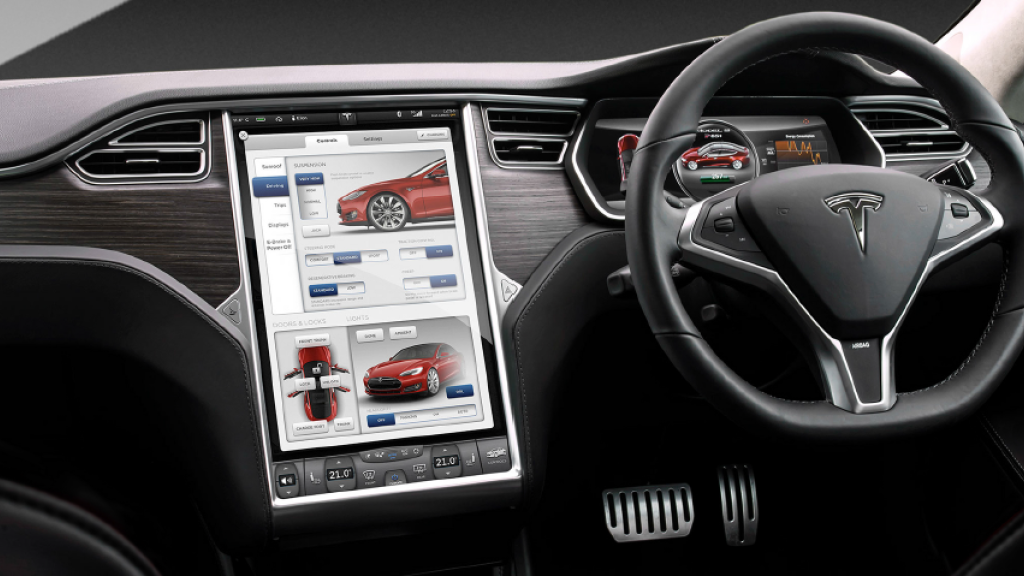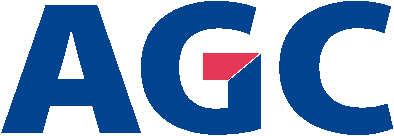
In an interview for the Just-auto's magazine Antoine Luijkx of AGC Automotive Europe's Strategic Marketing department shared some key market and technical trends driving the auto glazing sector and how windows could become a screen for more infotainment in the self-driving car.
Why is the surface glazing area on cars increasing?
Whether in building or automotive sectors, glazed areas are indeed constantly increasing, following a general trend for more transparency, visual comfort and more opening to the outside. These developments have been made possible thanks to the new aesthetic, safety and energy control properties that glass has acquired over the past decades. In the automotive industry, this reflects in a higher number of windows, more complex shapes for sidelites or larger panoramic roof options
What will the ‘smart screen' mean for the motorist and the repair industry?
A smart screen brings more interconnected information to the driver, enhancing comfort and safety. For the glass manufacturer and the car manufacturer, that means continuous investment and R&D effort in innovation to bring more technologies and more complex products on the market. The repair industry will also need to learn to keep up with more complex products. For example, compared to the replacement of a standard windshield, the replacement of a windshield with camera system and head-up display implies specific know-how and calibration tools.
Have we reached a plateau or could automotive glass go thinner?
Europe is already leading the way in terms of average thickness of standard windshields. For car manufacturers willing to reduce their environmental load, solutions already do exist and are, in our opinion, not used enough within the industry. For example windshields 15 percent lighter than standard windshields are already proposed by glass manufacturers such as AGC Automotive Europe.
Going further is technically possible, and we do think that glass is a material with a key role to play to support the car manufacturers in their effort to decrease weight of their cars. Regulations and comfort will fix the limits.
For some time, the windscreen and side glazings have featured a number of added-value products. Is there an appetite from OEMs for more products / functions? If so, what are they looking for?
What OEMs are more and more looking for is a total solution from glass suppliers, which improves, performance of the product and leads to shorter time to market. For example, glass manufacturers are now proposing defrosting functions integrated in windshields, are designing antennas on glass, or are adding plastic and metallic parts, such as brightworks on sidelites therefore expanding the scope of products and services traditionally offered to OEMs.
In what ways will the self-driving car affect the windscreen and side glass?
Automotive glazing would have to adapt to the bodystyle evolution, as well the car-shape evolution as the "inside car content" (seats positioning, options and accessories available, functionality of the car itself, etc.) Glazing would become a screen for more infotainment.
How is the laminated sidelite market shaping-up in Europe? Is there still a steady demand for it from OEMs and motorists choosing it?
Growing but lower than other regions.

